Galapagos Islands: where comfort meets wildlife wonders in Ecuador
This cruise brings you in close contact with all the weird and wonderful wildlife of the famed islands in Ecuador.
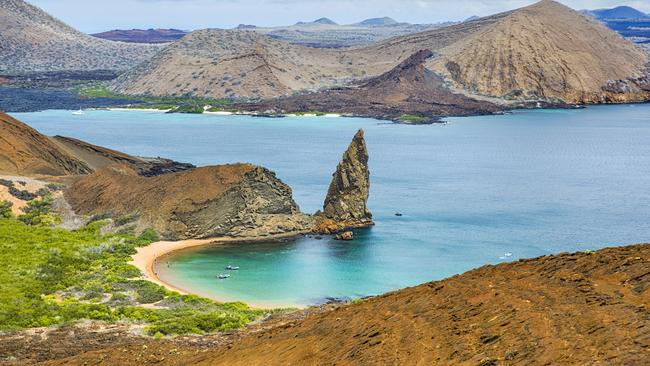
I’m drawn from my bed at dawn, lured by something deep and impossible to ignore – an evolutionary impulse, perhaps – to the top deck of the ship. I can’t sleep, and I don’t want to. Above my head a pair of frigatebirds are soaring against a sepia-tinged sky, angled wings perfectly still, their sleek tails split like tuning forks.
It’s a perfectly serene scene, but this is the Galapagos, so of course nothing is as it seems. Frigatebirds are in reality unconscionable pirates, liable at any moment to swoop on other species, harassing hapless blue-footed boobies mid-air, shaking them by the tail until they relent and regurgitate their meals.
These gangsters of the Galapagos lack waterproof feathers; they’d drown if they landed on the ocean so have worked out ways around that weakness. Their ingenuity, however, pales in comparison to the marine iguana, which Celebrity Cruises naturalist Elmer Salazar introduces to us as the “avengers of the archipelago”. Their superpower is being the only lizard in the world that dives for its food, feeding almost exclusively on seaweed. We’ll see countless examples of extraordinary evolutionary oddities like this during our seven-night island hop around the remote volcanic archipelago, 900km off the Ecuadorean coast.
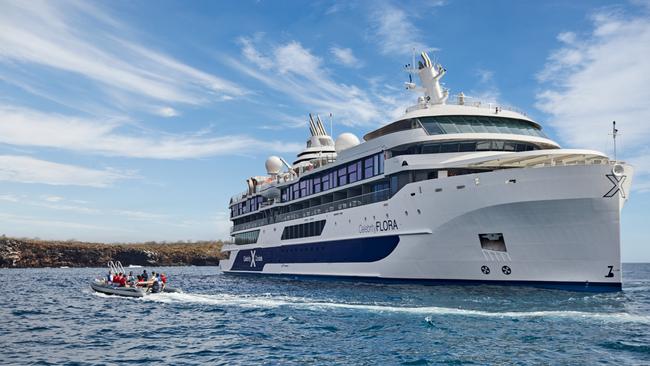
The Galapagos will forever be associated with Charles Darwin’s 1835 visit, which seeded the embryo for his theory of natural selection. The naturalist’s grand realisation was that species adapted to their environment by evolving whatever characteristics were necessary for survival, and ditching anything surplus to requirements. Cormorants traded aerial abilities for aquatic prowess, their wings – redundant in the absence of land predators – shrivelling away to streamline their bodies for deep sea diving. The 17 species of Darwin finches around today all diverged from a common ancestor, developing different beaks depending on the availability of food sources. Giant tortoises evolved upwardly angled “saddleback” shells, allowing their heads to reach the tall pads of cactus trees.
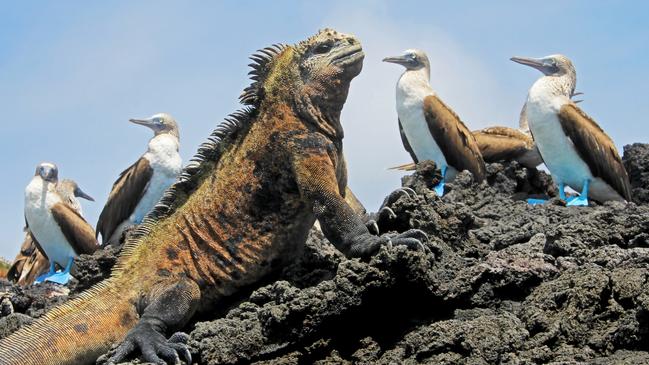
Our ship, Celebrity Flora, boasts some pretty nifty adaptations of its own. Custom designed for the Galapagos, the vessel carries specialist equipment to upload data on ocean circulation and temperature, which scientists use to study climate cycles. Reverse osmosis equipment converts sea water to drinking water, and the ship eschews anchors for dynamic positioning technology, using propellers and thrusters to maintain its position, mitigating damage to the sensitive ocean floor.
With a payload of 100 guests, which is the highest permissible number on a vessel within Galapagos National Park, the experience is both intimate and indulgent, combining the scaled-down luxuries of a big ship – a fitness centre, spa, plunge pool and jacuzzi, nightly entertainment and a full-service bar and restaurant – with the adventure element of an expedition vessel. Age and fitness are no barrier to participating in twice-daily shore excursions, which include guided walks, beach snorkelling or kayaking. The ship’s naturalists, such as former environmental lawyer Charly Malo, are passionate, knowledgeable and, importantly, all Galapagos locals. Malo’s father was one of the islands’ original tourism operators, shuttling visitors around on his fishing boat in the 1960s. “Back then most tourists were young and adventurous,” he says. “But now we have ships like this, which make the islands accessible to everyone.”
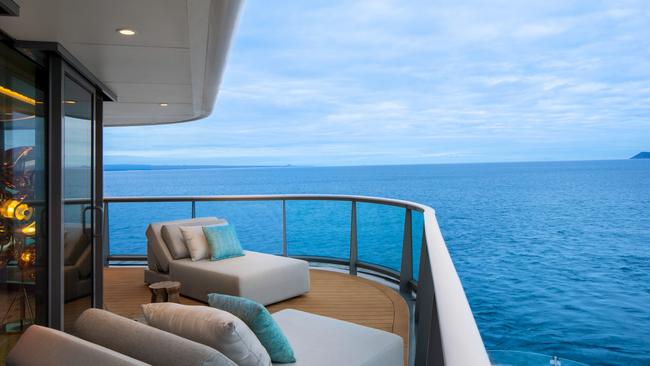
Celebrity Flora has a flotilla of Zodiacs that dock flush against the ship for easy boarding, with hydraulic ramps for beach landings and clambering back on-board after deep water snorkelling sessions. We become well-drilled in donning life jackets, washing our shoes and wetsuits, stashing equipment and climbing the stairs to claim an ocean-view cabana on return, where refreshments and excited chatter awaits. As a fellow passenger remarks, “They hold your hand without making it feel like they’re holding your hand.”
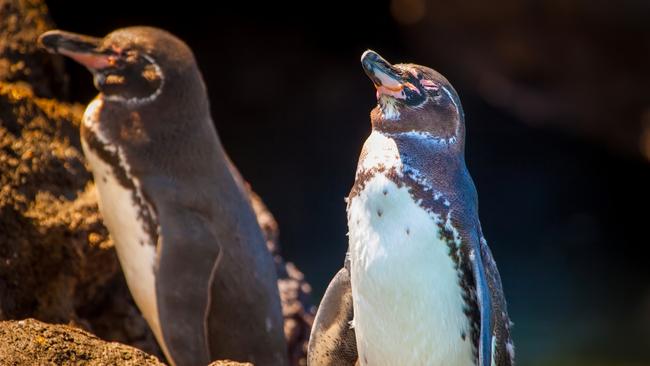
The seamless logistics start back in Quito, Ecuador’s capital, where we board a charter flight to the Galapagos, with business class meals served to all and middle seats blocked out. There are no interior cabins on the ship, either. Sky suites are the smallest at 30sq m, but they do have a balcony. My premium sky suite features a spacious lounge, plush king bed, ample storage space and spa tub overlooking the sea. In lieu of a balcony, I have an “infinite veranda”, a fancy term for a window that slides down. The ocean breeze is welcome, but I feel a pang of envy for guests in the entry-level suites who can take a chair outside. But there’s no dud accommodation.
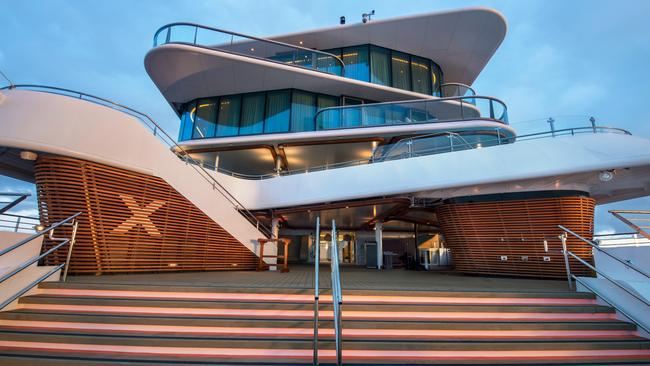
Nor are there dud islands, which is a good thing, as our ship has busted a propeller, meaning we don’t have the leg speed to circumnavigate Isabela Island, the largest in the archipelago, as planned. We’re rerouted instead to ricochet mostly between the islands of Santa Cruz and Santiago, with guests given a partial refund as compensation. But no one goes home feeling short changed as each of these volcanic islands, spewed from the sea at different times, offers something unique.
Rabida Island is rusted red due to the high iron content in the lava. We step ashore and find a flock of flamingoes feeding in a saltwater lagoon, then spend the afternoon kayaking in the gentle current that caresses the coastline, and later snorkelling with sea lions, sea turtles and reef sharks, which is an exhilarating highlight of the trip.
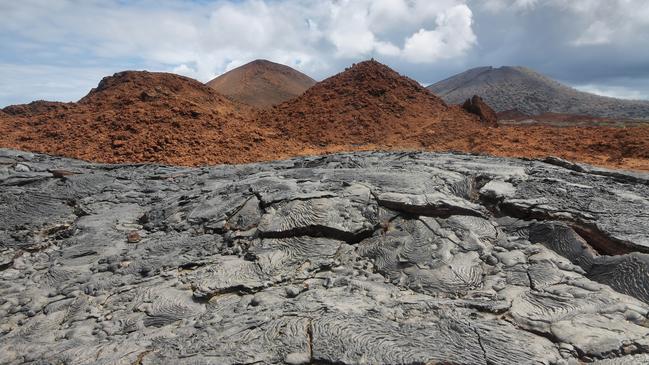
At Sullivan Bay on Santiago Island we take a 2km hike across a “pahoehoe” lava field, a lunar-like landscape of solidified swirls, gloopy blobs and ropey forms of black lava with the sheen of shoe polish. This young, basaltic lava flow, which seeped from the Earth’s crust only 150 years ago, is eerily absent of wildlife, but hardy plants are slowly colonising. A lone candelabra cactus sprouts from the red crust of a scoria hillock, while the gold-tipped stumps of lava cactus clump together in cracks, utilising their furry thorns to capture moisture from the air. Malo says many guests come primarily for the wildlife, but fall in love with the landscapes. “You can find similar animals on every island, but the landscapes are always different. You get to see how the Galapagos was at the beginning of time.”
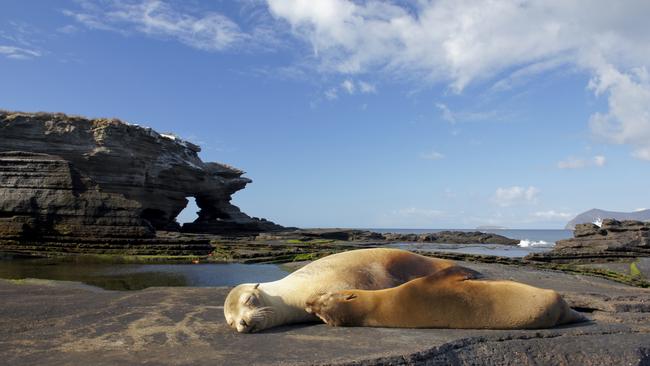
The sun blazes as we board our Zodiac to skirt the barren shores of Bartolome Island, home to a colony of Galapagos penguins, which have adapted to life at the equator by nesting in cool caves and crevices within coastal lava fields. Penguins were originally carried here millions of years ago on the icy Humboldt Current that flows up from Antarctica. Its nutrient-rich waters feed plants and plankton, the basis of a food chain that supports almost every animal in the archipelago; it’s the unsung hero of the Galapagos.
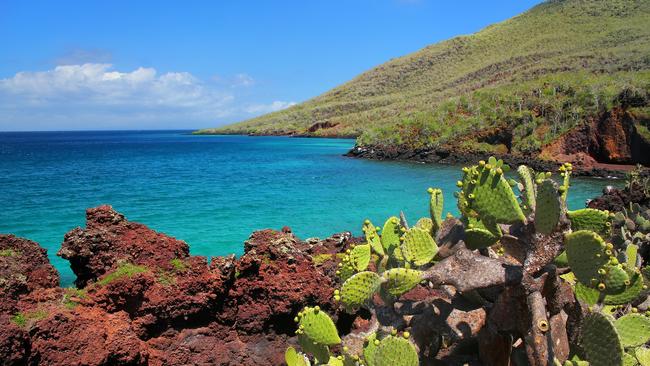
The seas are particularly rich around North Seymour Island. This small, flat islet floats like a breadboard off the coast of Baltra Island, making it one of the most productive fishing sites for marine birds. Blue-footed boobies waddle at will, searching for a rocky pedestal to flaunt their outrageously blue feet. Frigatebirds nest among the spindly canopies of incense trees, the males inflating their bulbous red throat pouches in an undeniably impressive courtship ritual. None of the animals is the slightest bit perturbed by our presence, another by-product of their evolutionary isolation.
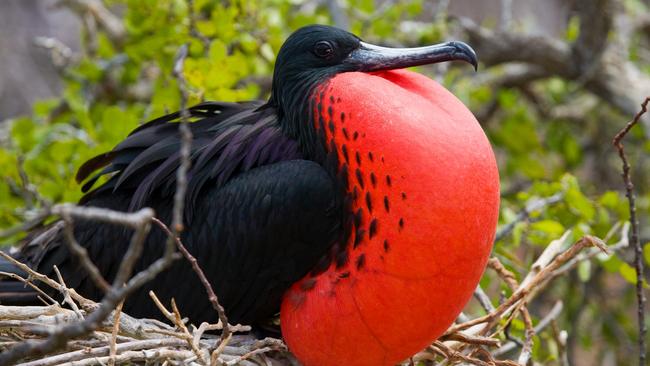
We arrive next morning at San Cristobal Island, startled by the sight of civilisation. Puerto Baquerizo Moreno is the capital of the Galapagos, the oldest settlement in the islands and surely the only town anywhere to be able to share a seat at the bus shelter with a sea lion. After six days bouncing between uninhabited islands, the sight of tyre shops, mini-marts and hardware stores comes as a shock. Our final day brings a whistlestop bus tour of Santa Cruz Island, traversing the interior highlands, all green and shrouded in cloud. At Fausto Llerena Breeding Centre we meet the islands’ famed giant tortoises, hatched here as part of a breeding program that began in 1965, and released onto other islands when they reach five years old. There’s time to browse Puerto Ayora, the island’s largest town, before participating in a native revegetation program that has seen guests of Celebrity Cruises plant more than 78,000 endemic scalesia trees, restoring habitat for endangered birds such as the vermilion flycatcher.
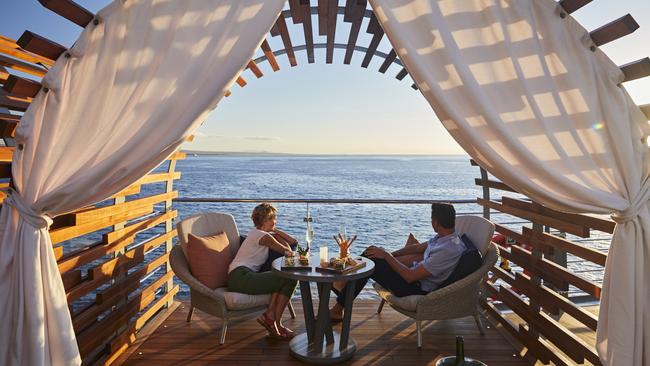
We add one more tree each to the tally before enjoying an Ecuadorean home-style buffet lunch in a gorgeous garden setting at Rancho El Manzanillo, a former farm turned wild tortoise ranch.
My last night aboard seems to stretch forever. I sink into my hot tub as the sun sinks into the ocean, silhouetting a lone frigatebird flying against the fiery evening sky. I’m not sure how I’m going to cope, leaving all this behind. I suppose I’ll adapt.
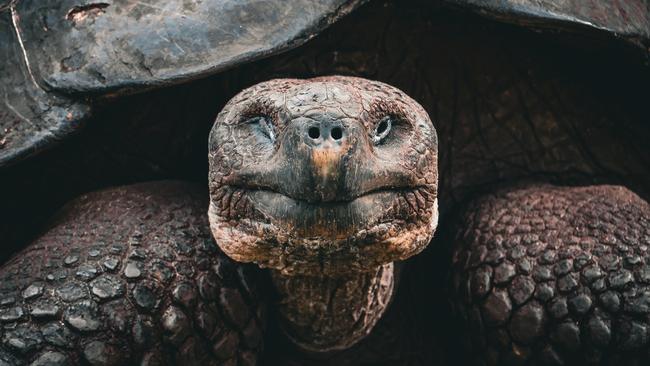
In the know
Celebrity Flora operates seven-night, all-inclusive Galapagos itineraries, departing Baltra Island. From $12,184 a person, twin share. Packages of 10 or 11 nights start and finish in Quito and include charter flights, a city tour and pre and post-cruise accommodation. From $15,152. Celebrity Cruises’ newest ship, Celebrity Xcel, debuts in the Caribbean in November this year.
Ricky French was a guest of Celebrity Cruises.
If you love to travel, sign up to our free weekly Travel + Luxury newsletter here.

To join the conversation, please log in. Don't have an account? Register
Join the conversation, you are commenting as Logout